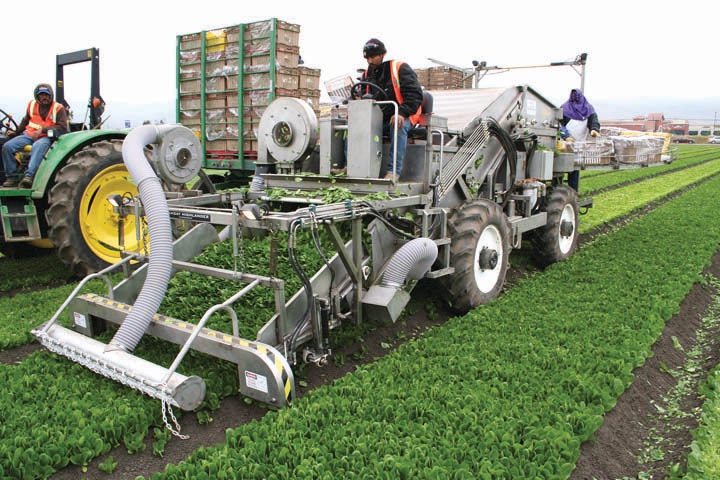February 16, 2011

Rows of small black pots sit on moveable metal tables inside a greenhouse at the Washington State University Northwestern Washington Research and Extension Center in Mount Vernon. The warm air inside the green house is giving life to spinach plants in the otherwise wet and rainy Skagit Valley. However, a disease has hit some of the plants, and it’s up to WSU researchers to figure out how to stop it.
The culprit, Fusarium wilt – a soil-dwelling microscopic fungus – has been responsible for a decline in available land for spinach seed production in the Pacific Northwest.
Doctoral student Emily Gatch is working in the lab of plant pathologist Lindsey du Toit to develop tools to detect and combat the pathogen. The work starts with a bucket of soil from a field slated for a spinach seed crop. Gatch and du Toit have developed a greenhouse soil assay that indicates which soils are at high risk for Fusarium wilt.
“It’s important that we have a secure spinach seed supply and that we are able to produce seed for growers throughout the country who are relying on spinach from Washington State. If you’ve eaten bagged baby leaf spinach that you can get in the grocery store, chances are the seed for that crop came from this valley,” said Gatch.
Once the soils are tested, locations where spinach can be grown safely are identified. Fusarium wilt is so devastating, that once an area is impacted, spinach can’t be successfully grown again in that field for up to 15 years. That hopefully will change, said Kirby Johnson, president of the Puget Sound Seed Growers Association. A fourth generation farmer in the Skagit Valley, Johnson said the work WSU is doing is really important to the livelihood of growers and their families.
“We need to find out what they’re looking for, and that is how to get the rotation interval back down from 15 to 16 years, to four or five someday, because we’re running out of ground,” said Johnson.
Once further research is conducted, Gatch said the results are going to go a long way to helping growers.
Gatch said many of the factors that affect severity of the disease in spinach seed crops are applicable to other crops that are also threatened by Fusarium wilts. She said if researchers understand the characteristics of the soil, that information might translate to other crops as well.
“It is hands on, actual tax dollars at work, that makes sense and makes money for the industry and for the farmers and it’s very important, it’s a big deal,” Johnson said.
For more information about the spinach research, visit this site.
You May Also Like




